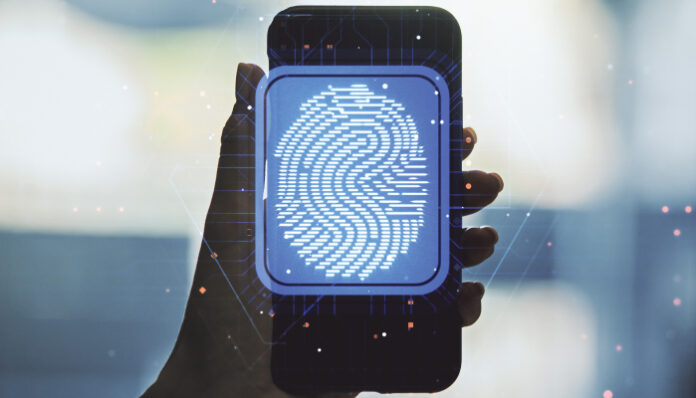Businesses that do not devote time and money to safeguard Machine Identity Management put themselves in serious danger, especially in light of the recent increase in attacks involving machine identities.
As business PKI grows and the team is responsible for managing a growing number of keys and certificates, enterprises are probably going to run into some common challenges. This is particularly true if they are switching from a traditional program to a next-generation machine identity security program.
Here are a few challenges that businesses must consider:
Lack of Ownership
Reimagining how companies delegate responsibility for the management and security of machine identities has always been one of the biggest challenges of Machine Identity Management. Security teams ideally offer services that deliver policy-enforced, secure, and reliable key and certificate management. And, then companies would need the various lines of business to rely on these services in order to minimize risk and adhere to the policy on the machines they manage.
Also Read: How CISOs Can Address the Security Demands of the Evolving Threat Landscape
Unfortunately, the usual scenario is that each group that creates, uses and maintains machine identities is left to its own devices in deciding how to manage and protect them. Teams with various objectives and skill sets decide how to safeguard the machine identities under their control, which further creates disruption in the organization.
Errors are unavoidable while handling Machine Identity Management without a plan or a cohesive approach. Audit failures, security lapses, and certificate-related outages all as a result.
Direct access to private keys is granted to too many administrators
The secrecy of private keys is important, and most of them those used for machine identities are held in files called key stores. The machine identity management and protection of these private keys are usually left to individual system administrators. This flexibility provides administrators with immediate access to the private keys whenever they are required, but it can also enable a variety of operations that compromise overall security, such as copying private keys. It becomes challenging to grant system administrators direct access to private keys when an administrator is transferred or fired.
As soon as a former administrator leaves the organization, their control over Machine Identity Management needs to be withdrawn and replaced. This ensures that nobody, including ex-employees or malicious users, can access the business network. Due to their inability to track keys in connection with administrative reassignments or terminations, most organizations overlook this crucial security step.
Limited visibility for all types of certificates
A comprehensive and precise inventory of all machine identities is the only way to truly understand, for instance, how and where the machine IDs are being utilized. Due to the lack of enterprise-wide visibility, businesses are unable to identify unusual use of machine IDs, which is a warning sign of a breach. Inadequate visibility and tracking will also result in certificates expiring erratically, resulting in expensive and crucial service interruptions.
A lack of visibility can make it practically hard for businesses to trace certificate ownership, which only exacerbates the situation. Certificate ownership is in flux if an administrator who manages a machine identity is fired, or is transferred. The team will be in a bind if one of these solitary certificates expire. And, when there is a breach within the business network, they won’t have enough knowledge about the certificate to respond promptly.
Lack of PKI-experienced administrators
Most businesses do not have Machine Identity Management experts. Even in organizations with a large number of machine identities, there are just a few encryption experts who are familiar with the complexities of Machine Identity Management. These professionals are unable to manage all the machine identities utilized throughout the organization, even under ideal conditions. To make matters worse, the technologies that the company employs to maintain machine identities often demand in-depth knowledge. As a result, the average system administrator must use a web browser to determine what to do.
Also Read Four Cybersecurity Misconceptions the C-Suite Must Be Aware Of
Furthermore, a lot of administrators often approach Machine Identity Management as an afterthought since they are unsure of its impact. Machine identities are frequently left unmonitored, unmanaged, untracked, and unsecured due to the relative lack of attention they receive.
Although Machine Identity Management is a real challenge, it is now beginning to receive the recognition it rightfully deserves as a crucial, fundamental component of any cybersecurity strategy.
For more such updates follow us on Google News ITsecuritywire News. Please subscribe to our Newsletter for more updates.









